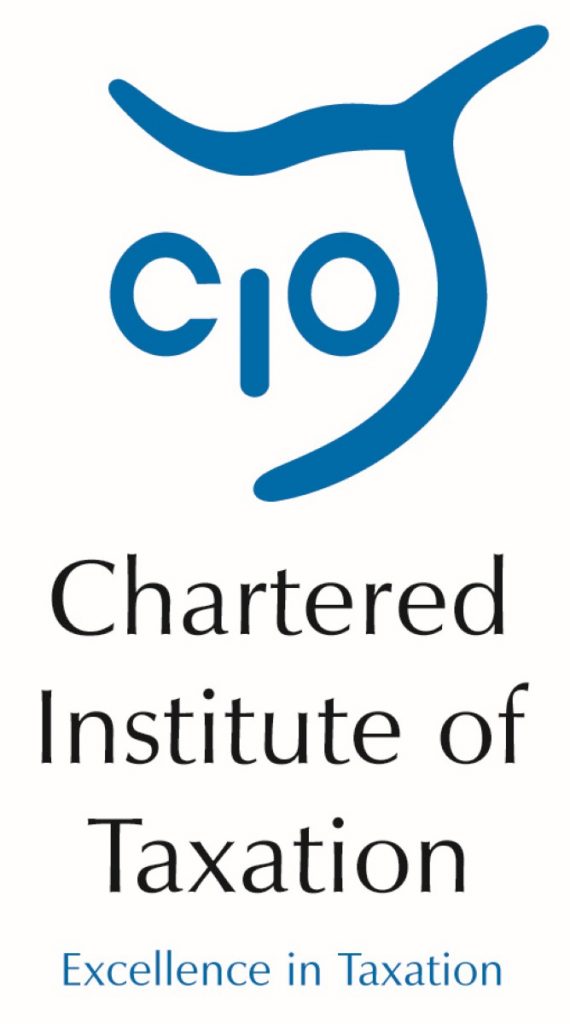The Chartered Institute of Taxation (CIOT) is cautioning the Welsh Government to ‘tread carefully’ with the higher rate bands for its new Land Transaction Tax (LTT) or risk deterring people from moving, which may result in a significant loss of tax revenue.
From April 2018, it is expected that the LTT will replace UK Stamp Duty Land Tax (SDLT) in Wales. While a final decision on the tax rates will be made closer to April 2018, the higher rates are under consideration as part of the LTT legislation being introduced in 2016. The aim is to have a tax system that is more suited to the needs of Wales.
The CIOT has warned the Welsh Government that if the Welsh rate structure is significantly steeper than that in England, it may deter people who live in areas near the border from buying in Wales. A static middle to top level of the property market would potentially be a problem for the Welsh Government because its block grant from the UK Government will, broadly, be set presumptuously on what SDLT would have collected.
John Cullinane, CIOT’s Tax Policy Director, said:
“We suggest that the Welsh Government tread carefully when settling on bands for its new Land Transaction Tax to assess the risk of harming its tax take from property sales. If the effect of these is a fall in the volume of property transactions with a consequential reduction in revenue, there is then less money to spend on public services and it is then hard to see the changes as especially progressive.
“We welcome the anticipation that the legislation will be reviewed on a regular basis given its significance.”
As well as expressing its concern about the rate bands, the CIOT also told the Welsh Government that the Land Transaction Tax and Anti-avoidance of Devolved Taxes (Wales) Bill is both comprehensive and well laid out.1
A consequence of the move away from the slab2 approach in 2014 is the need for higher nominal rates for a series of bands. This in turn may mean higher effective average rates of tax for higher value transactions. High marginal and effective average rates of tax can deter people from buying. This would adversely affect tax revenues. This disincentive to move house may be exacerbated in well populated border areas to the extent that higher value properties are clustered in such places. There is a particular concern if the thresholds for the higher rates are set lower than in England. The Welsh Government should take economic advice on the likely impacts.
Notes for editors
1. CIOT’s submission on Welsh LTT can be viewed here.
2. The year 2014 saw the end of the slab system and the beginning of the ‘slice system’ for calculating a charge on residential property. Previously, SDLT was charged on a ‘slab’ basis under which SDLT was levied at a single rate on the chargeable consideration for a transaction.
3. In 2014-15, £170 million was raised from stamp duty land tax in Wales, with 55,000 transactions taking place. This is expected to rise to £244 million by 2018-19, according to the Welsh Government. If the Bill is passed, land transaction tax will replace stamp duty land tax in Wales in April 2018 and be the first new Welsh tax for almost 800 years.
4. The Chartered Institute of Taxation (CIOT)
The CIOT is the leading professional body in the United Kingdom concerned solely with taxation. The CIOT is an educational charity, promoting education and study of the administration and practice of taxation. One of our key aims is to work for a better, more efficient, tax system for all affected by it – taxpayers, their advisers and the authorities. The CIOT’s work covers all aspects of taxation, including direct and indirect taxes and duties. Through our Low Incomes Tax Reform Group (LITRG), the CIOT has a particular focus on improving the tax system, including tax credits and benefits, for the unrepresented taxpayer.
The CIOT draws on our members’ experience in private practice, commerce and industry, government and academia to improve tax administration and propose and explain how tax policy objectives can most effectively be achieved. We also link to, and draw on, similar leading professional tax bodies in other countries. The CIOT’s comments and recommendations on tax issues are made in line with our charitable objectives: we are politically neutral in our work.
The CIOT’s 17,600 members have the practising title of ‘Chartered Tax Adviser’ and the designatory letters ‘CTA’, to represent the leading tax qualification
Contact: Hamant Verma, External Relations Officer, 0207 340 2702 HVerma@ciot.org.uk (Out of hours contact: George Crozier, 07740 477 374)





-01.png)